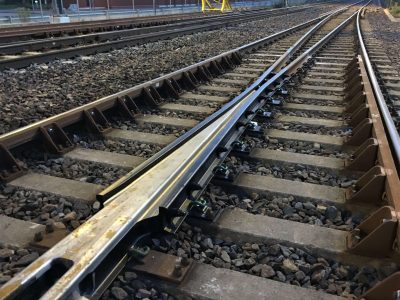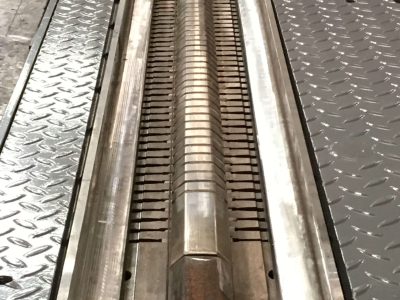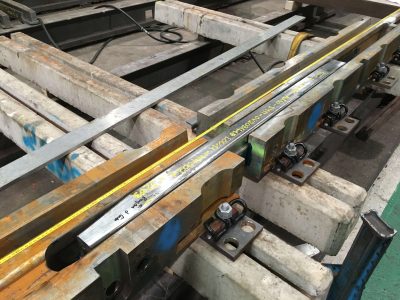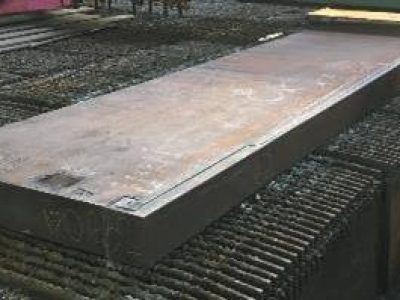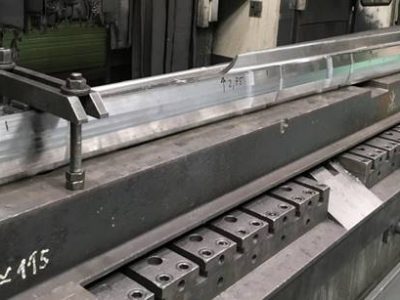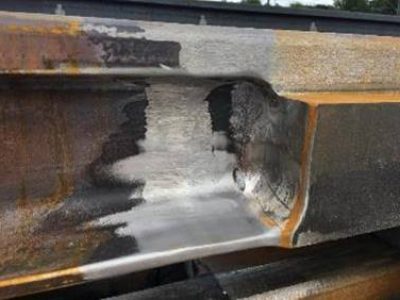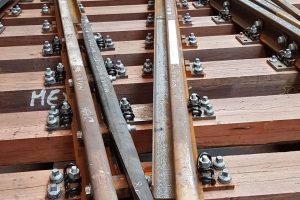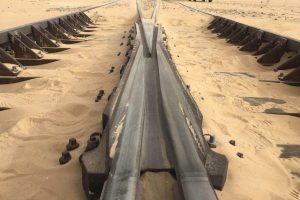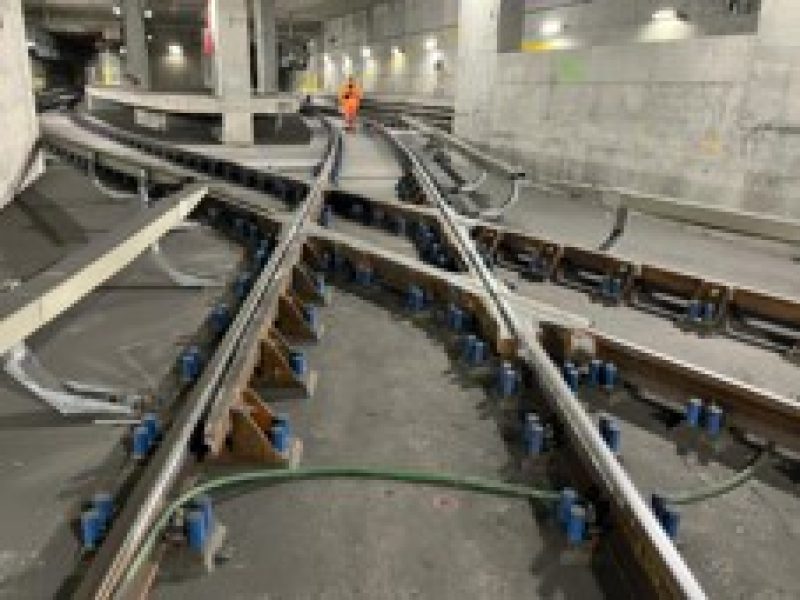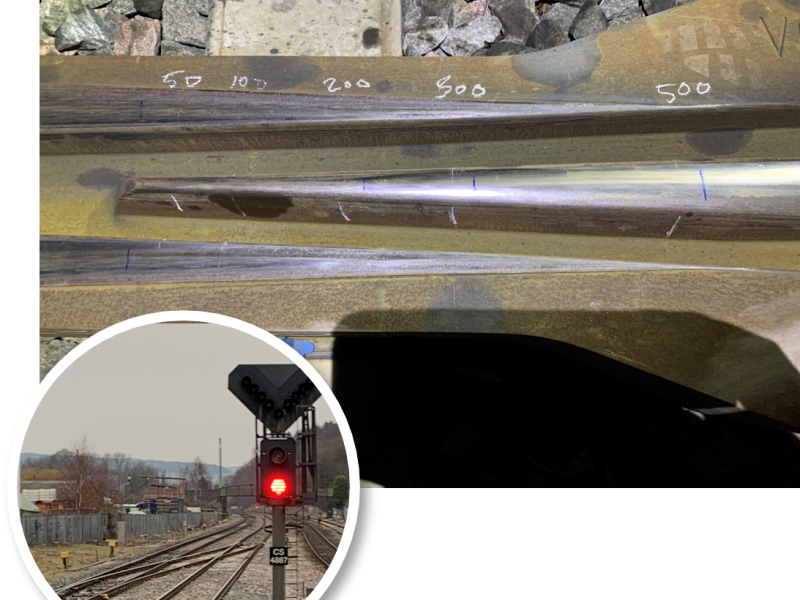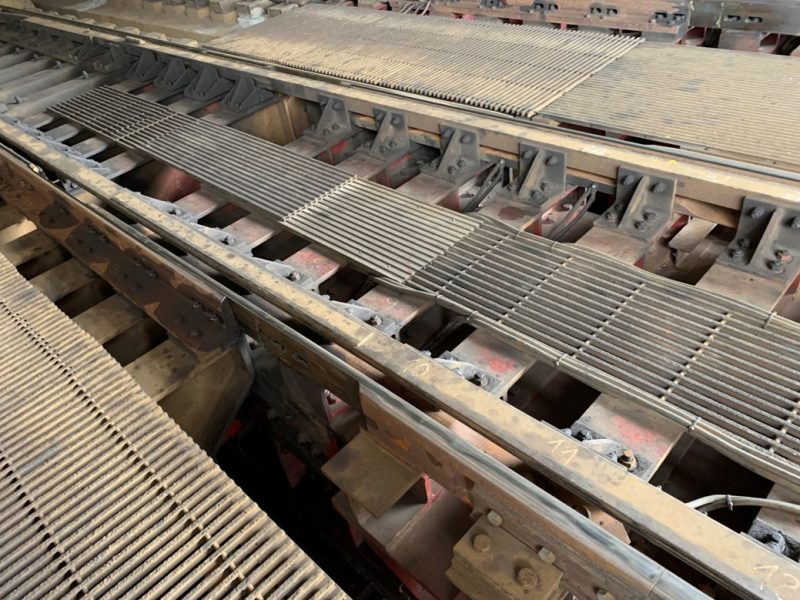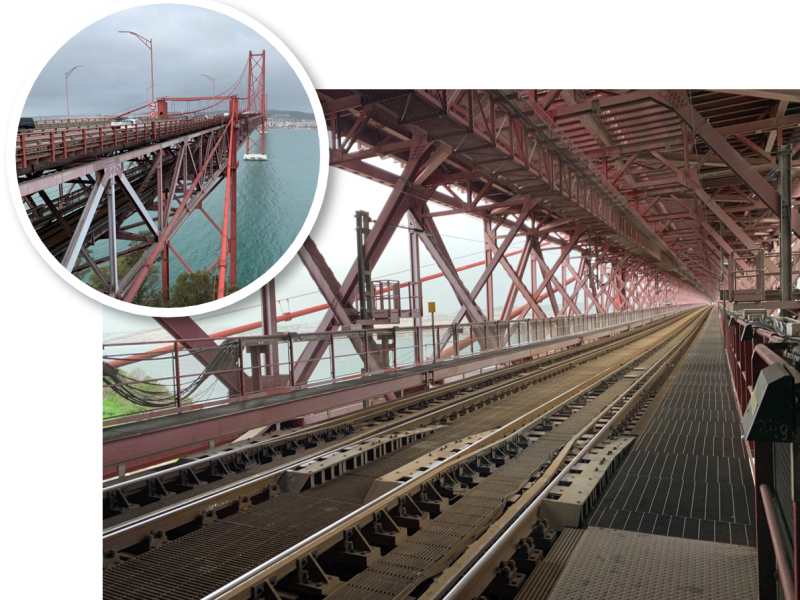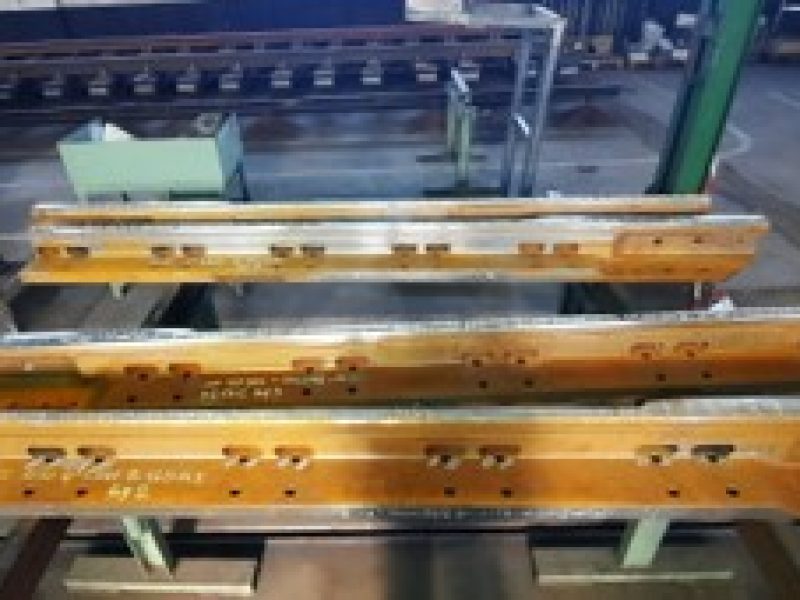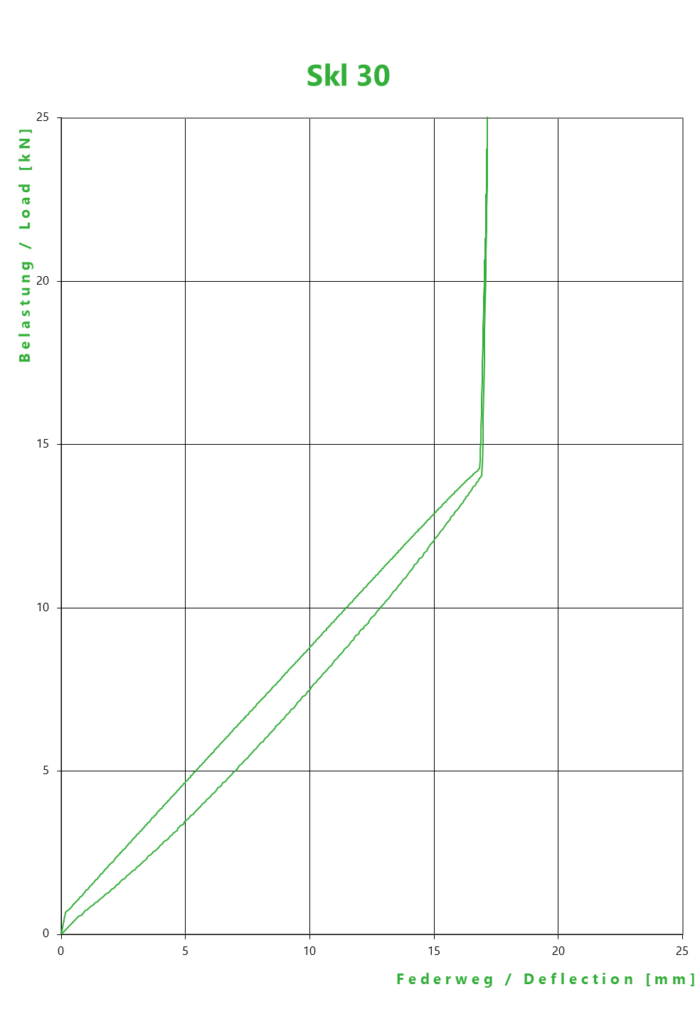CogX: The hard & durable rolled steel
Based on decades of expertise in crossing design & manufacturing, CogX is a co-development with ArcelorMittal Industeel with an initial hardness from 450 HB and an extremely hard running surface (550 HB).
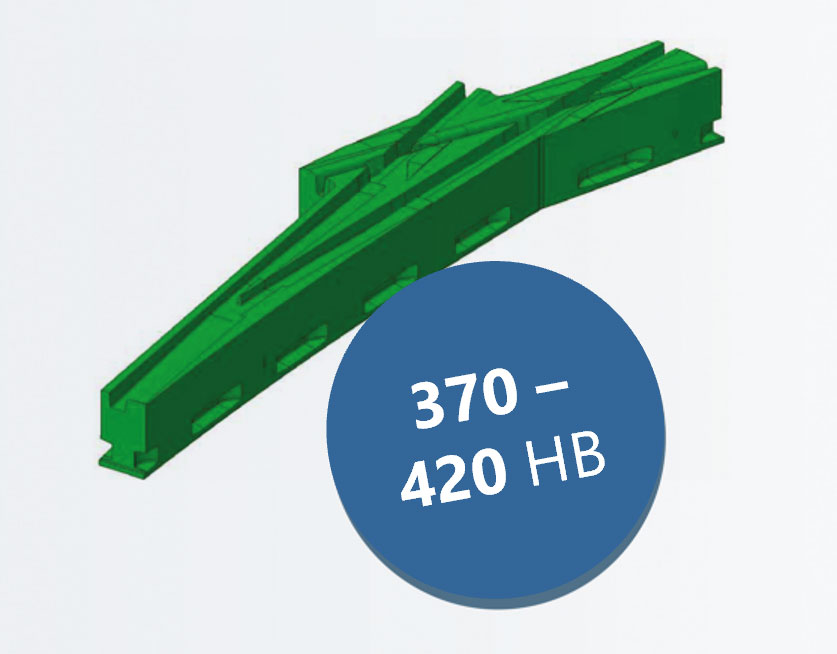
Heat treated laminated steel: Cogidur
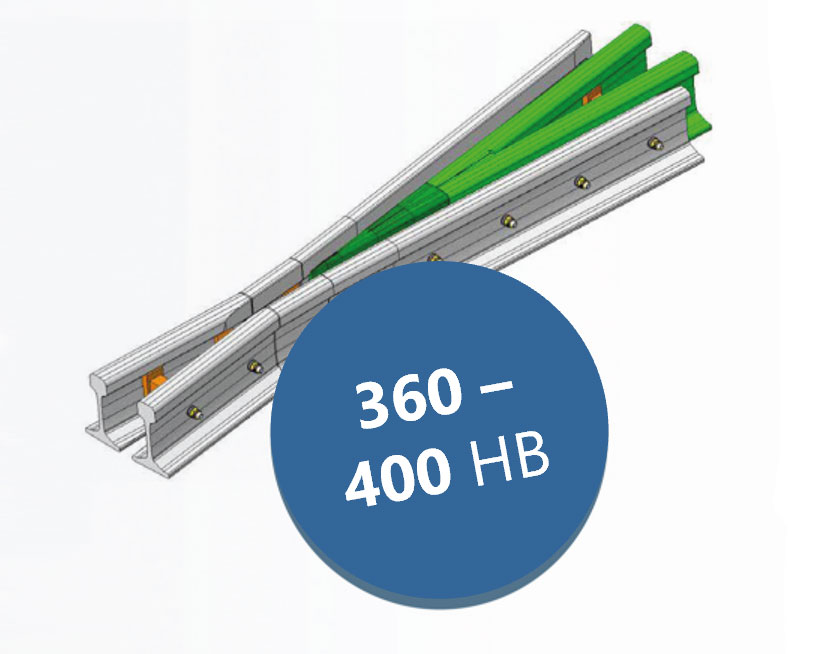
Heat treated frogs (DB standard)
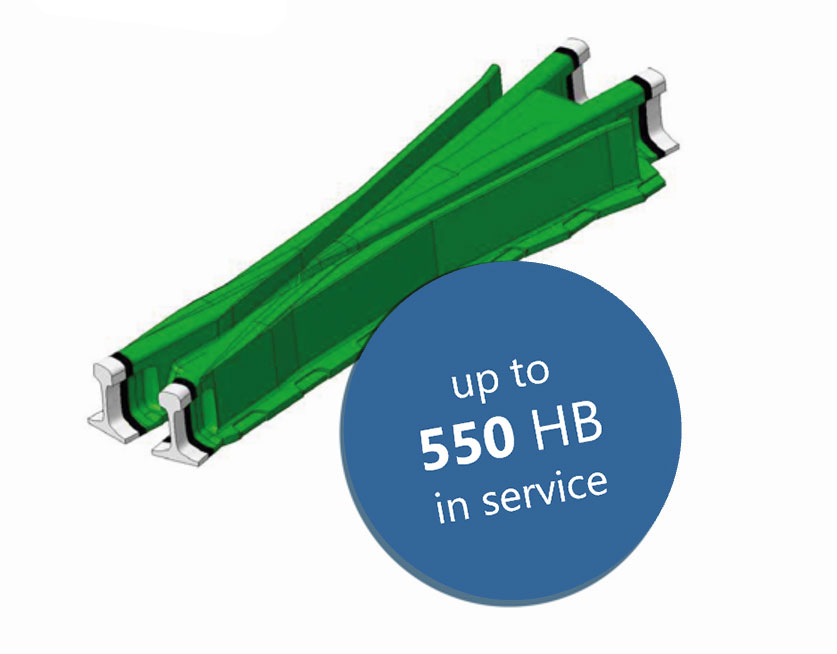
Cast manganese steel frogs with four flash-butt welded rails
Material characteristics
- Better profile stability & creep resistance
- No material flow or deformation
- Allows higher transit tonnage
- High wear and impact resistance
- Specific solution for turnouts with high traffic density
Ideal processing properties:
- All geometries for tongues and frogs can be cut and milled very precisely.
- Many new designs and new track types can be realized
- Excellent weldability
Different type of welds are qualified :
- Arc welding between grooved rail and CogX crossings for Tramway (as per ISO 15614-1)
- Flash butt welds between Vignole rails and CogX railway crossing (as per EN 14587-3)
- Repair welds (as per EN 15594), repairing recommendations are available
